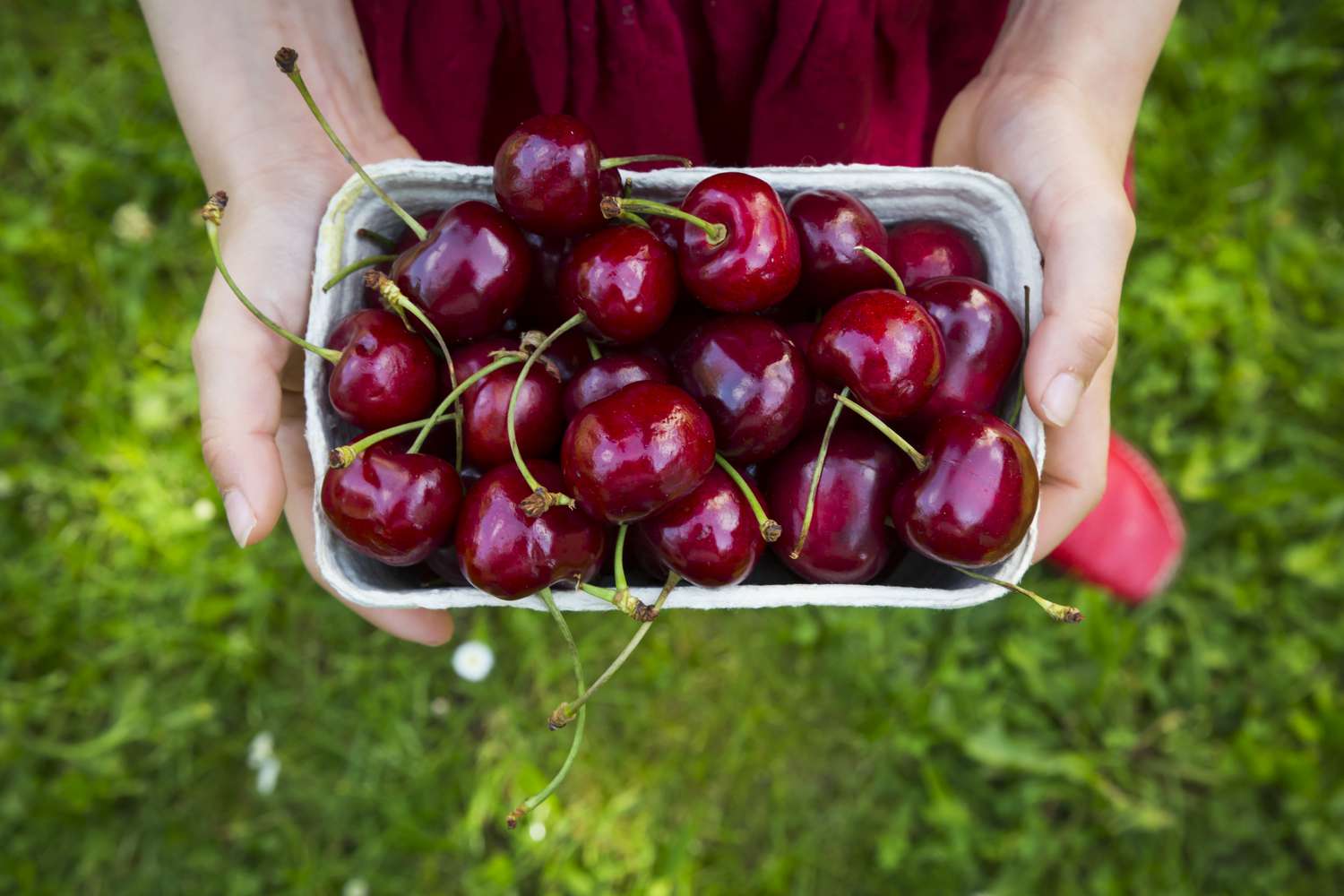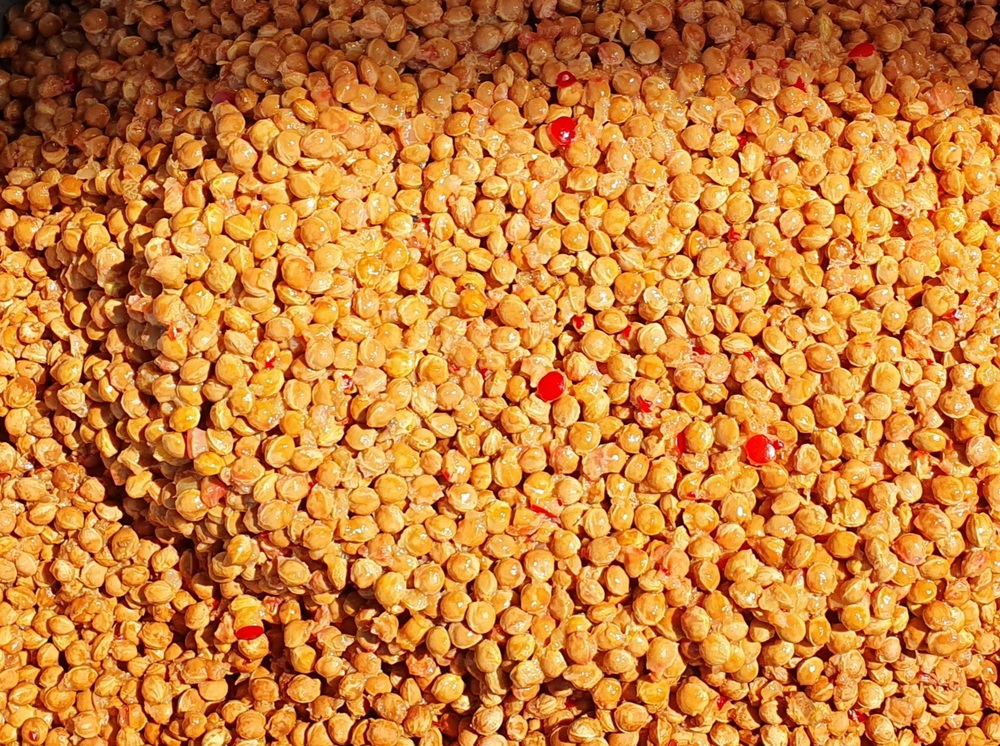The success of a good cherry orchard starts from the vigour of the nursery plants. The quality of nursery plants is determined by the height of the plant, the diameter of the trunk, and the volume and condition of the roots. In addition, the absence of pests and diseases is necessary. To ensure survival when planting, growers generally favour robust plants with a larger trunk diameter and abundant root mass.
In Europe, growers often use sweet cherry trees with many branches. So-called whip trees, which are sweet cherries with little or no branching, are often used in North and South America and are obtained by bud cutting and phytohormone application.
The objective of the study conducted at the Faculty of Agricultural Sciences of the University of Talca (Chile) was to evaluate the post-transplant survival, canopy growth and fruit productivity of two sweet cherry cultivars: ‘Lapins’ on ‘Colt’ and ‘Regina’ on ‘Gisela 12’. The cultivars were grown with root volumes of 100%, 50% and 25% and with bare-root or bagged nursery plants.
The height of the plants ranged from 1.4 to 1.8 m and the initial stem diameter was between 12 and 19 mm. The initial root volume of the plants grafted onto the ‘Colt’ rootstock was twice that of those grafted onto the ‘Gisela 12’ rootstock. Evaluations were conducted in three commercial plantations in the Central Valley of Chile over the course of three seasons.
The results suggest that plant survival and productivity were not influenced by nursery type or root volume at the time of transplanting. In fact, the vegetative growth of the treatments was uniform in terms of trunk diameter, canopy volume and shoot length at the end of the third season, and there were no differences in fruit production between ‘Lapins’ and ‘Colts’. The bag treatment was the only factor that led to a reduction in trunk diameter growth and shoot length for ‘Regina’/‘Gisela 12’.
Therefore, the assumption regarding the impact of root volume and plant type on the actual establishment of a sweet cherry tree on ‘Colt’ and ‘Gisela 12’ rootstock can be disregarded. The training system, however, must be chosen according to variety, rootstock and growing conditions.
Since ‘Lapins’ is a self-fertile cultivar with a high production capacity, it is not advisable to graft it onto semi-dwarfing rootstocks, such as ‘Gisela 12’, as it would not be able to support such high fruit loads or maintain a growth rate that would favour the proper development of new fruit wood.
The study chose a more dwarfing rootstock in the case of ‘Regina’ due to its reduced production potential. Foliar nutrient concentration at the time of planting was not influenced by nursery plant type or root volume.
In conclusion, the results suggest that survival and productivity of cherry plantations were not influenced by root volume or nursery type. Orchard survival, growth and precocity depended more on post-planting conditions and water management than on the number or type of roots of the nursery plants.
Source: Yuri, J.A.; Simeone, D.; Fuentes, M.; Sepúlveda, Á.; Palma, M.; Moya, M.; Sánchez-Contreras, J. Reduced Root Volume at Establishment, Canopy Growth and Fruit Production in ‘Lapins’/‘Colt’ and ‘Regina’/‘Gisela 12’ Sweet Cherry Trees. Horticulturae 2024, 10, 579. https://doi.org/10.3390/horticulturae10060579.
Image: Yuri et al.
Melissa Venturi
University of Bologna (IT)
Cherry Times - All rights reserved












